Latest Posts
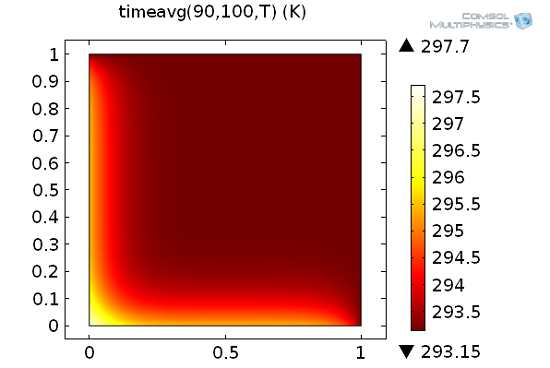
Overview of Integration Methods in Space and Time
Integration is an important mathematical tool for numerical simulations. For example, partial differential equations are usually derived from integral balance equations.
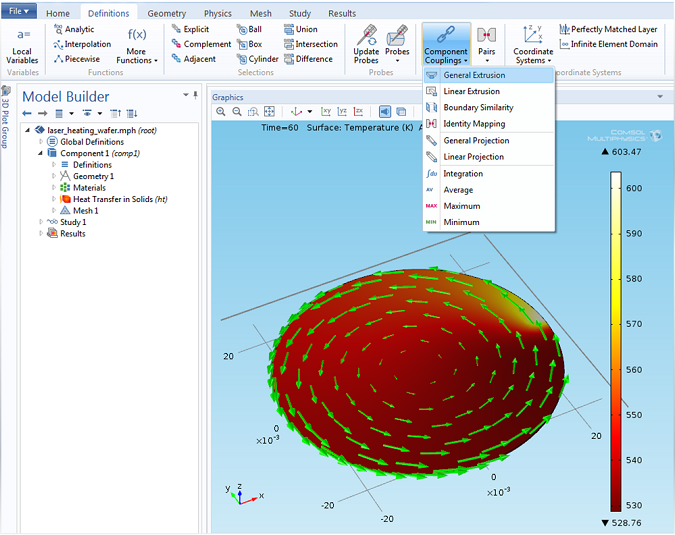
Using the General Extrusion Coupling Operator in COMSOL: Dynamic Probe
Consider a laser heating example with a moving heat source (laser) and moving geometry. How can you use the General Extrusion coupling operator to probe a solution at a point in the geometry?
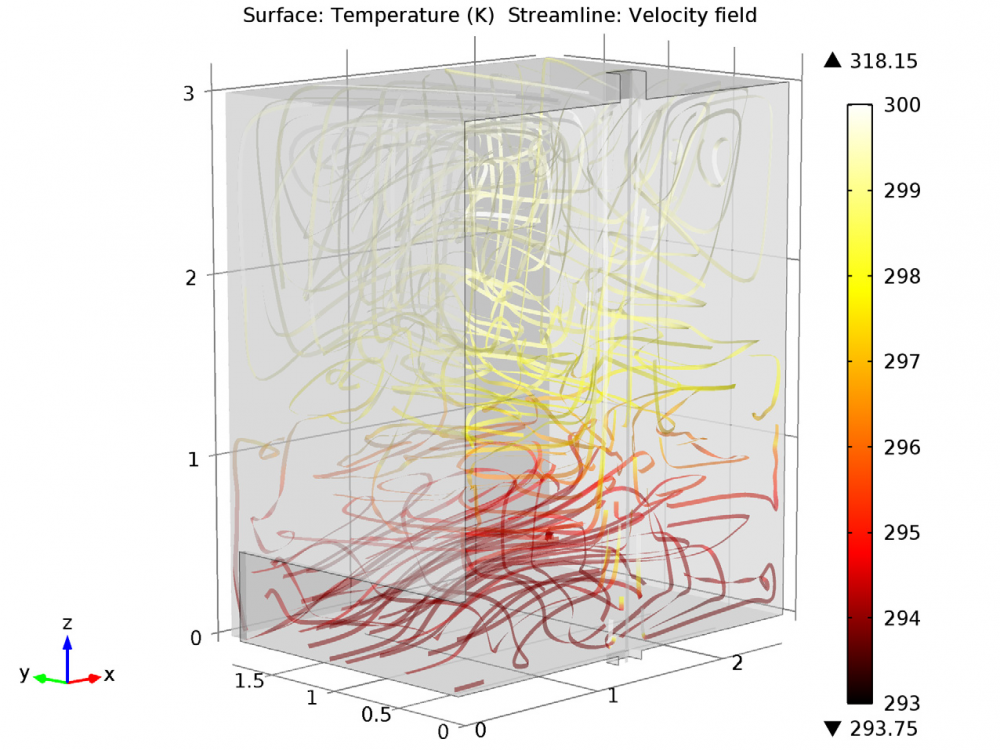
Modeling a Displacement Ventilation System
There are 2 different types of ventilation systems: mixing ventilation and displacement ventilation. Displacement ventilation is mainly found in offices, schools, and other public spaces.

Hybrid Parallel Computing Speeds Up Physics Simulations
Remember 20 years ago, when the TOP500 list was dominated by vector processing supercomputers equipped with up to a thousand processing units? Let’s take a walk through history to the future.
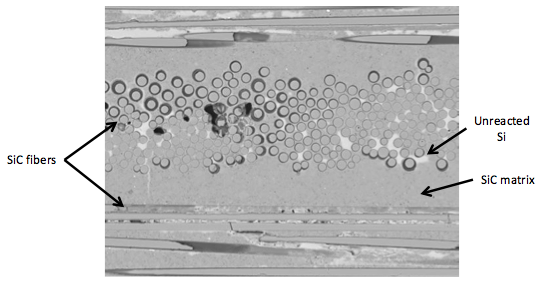
Multiphysics Analysis of Advanced Materials: Ceramic Matrix Composites
A guest blogger from AltaSim Technologies discusses ceramic matrix composites and how to accurately analyze the production of such an advanced material.
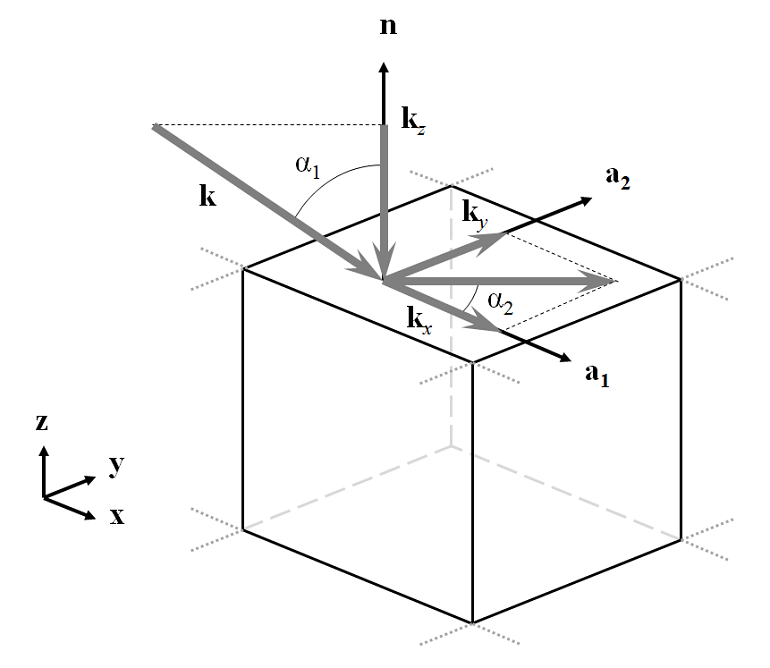
Modeling Electromagnetic Waves and Periodic Structures
Oftentimes, it is of interest to model an EM wave (light, microwaves) incident upon periodic structures, such as diffraction gratings, metamaterials, and frequency selective surfaces.

Modeling PSU Cooling with COMSOL
A forced convection cooling system, such as a PSU, is used for removing excess heat produced by electrical computer components. You can model this device in COMSOL Multiphysics®.
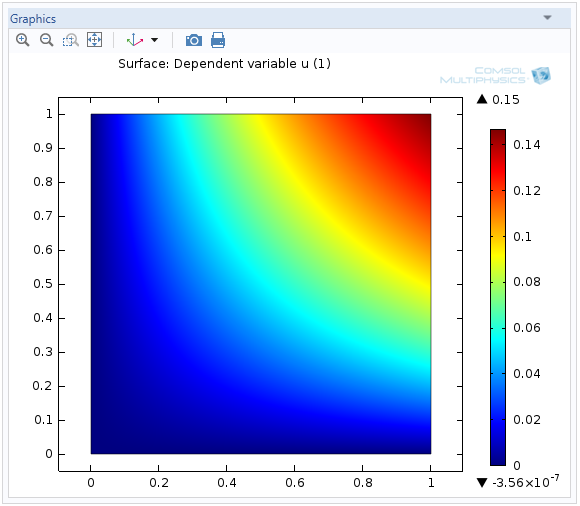
Solving Algebraic Field Equations
COMSOL Multiphysics® is commonly used to solve PDEs, ODEs, and initial value problems. However, did you know that you can also solve algebraic and even transcendental equations?
